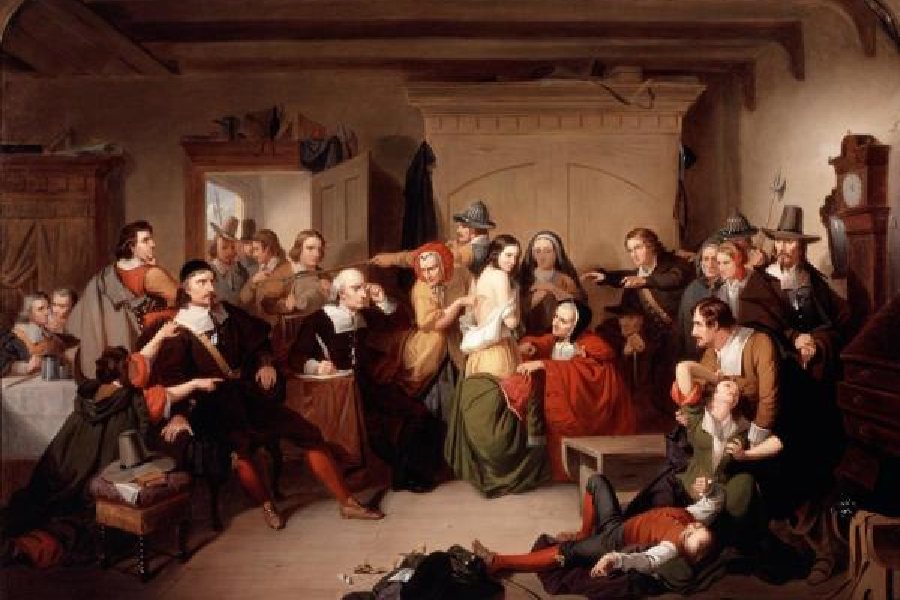Book: Witchcraft: A History in Thirteen Trials
Author: Marion Gibson
Published by: Simon & Schuster
Price: Rs 699
Few topics have been as misunderstood, maligned and mystified as witchcraft. Marion Gibson’s book is a riveting exploration of this dark facet of human society, tracing its evolution through 13 seminal trials spanning centuries and continents.
What sets Gibson’s work apart is her ability to seamlessly weave together historical rigour, cultural insights and analytical acumen into a coherent narrative. She doesn’t merely recount events; she dissects the linguistic nuances of testimonies, the cultural contexts shaping perceptions of witchcraft, and delves deep into the societal repercussions of each case. This multifaceted perspective ensures that readers are treated to a well-rounded understanding of each specific accusation.
One of the book’s most commendable aspects is its portrayal of the accused. Gibson eschews the typical caricature of the malevolent witch and offers a more nuanced view. Many of the accused are individuals, often from marginalised groups, ensnared in the web of societal biases, political agendas and cultural misunderstandings. This approach adds to the countercurrent challenging prevailing norms and notions around witches, laying out the ways in which it has always been a social construct.
One might scoff at the relevance of a book on witch-hunts in the present day and age, but a simple reminder of the many social media trials and media-driven harassment of women in India and elsewhere should be enough to drive the point home. Gibson meticulously illuminates the cyclical patterns that persist through history and the enduring challenges faced by those branded as witches. The epilogue is particularly resonant, emphasising the modern-day implications of a ‘witch’, and underscores the urgency of recognising and combating the ongoing forms of persecution.
That said, the book is not without its challenges. The sheer breadth of the narrative can be overwhelming, and readers unfamiliar with the intricacies of witch-hunting might find some sections dense. Despite its extensive scope, Gibson’s clear and structured writing style ensures accessibility. She artfully guides readers through the labyrinthine world of witchcraft trials without sacrificing academic depth.
This book is a triumph of research, narrative, and insight. It succeeds in painting a vivid tableau of the witch trials’ sociopolitical backdrop and the individuals caught in the snares. It is not just a historical account but a poignant reminder of the persistent dangers of societal prejudice and the consequences of failing to challenge them. Witchcraft, an engaging and eye-opening journey, should find a place on the bookshelves of historians, sociologists and anyone intrigued by the complex interplay of history, culture, politics and human nature.











